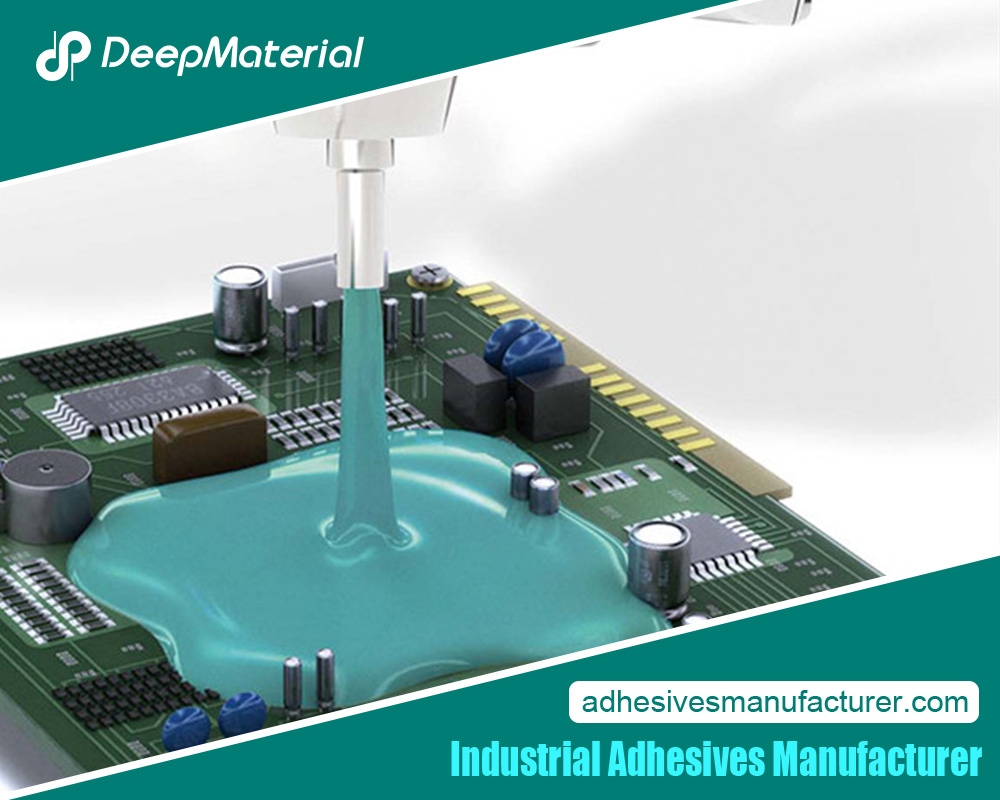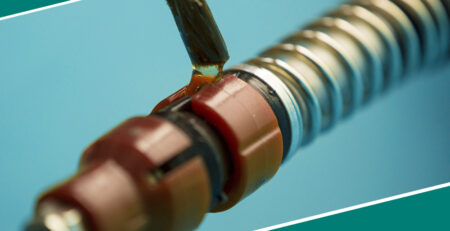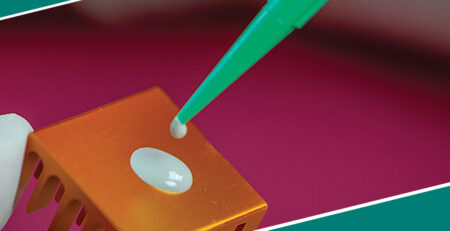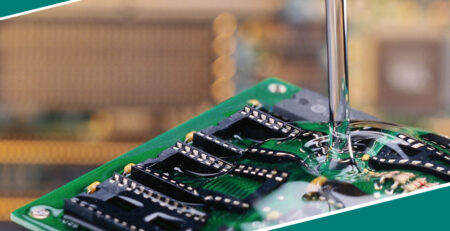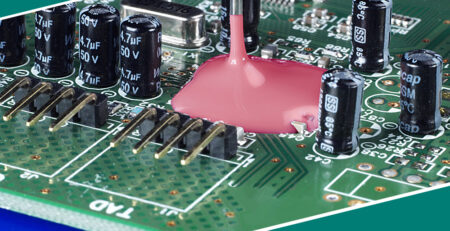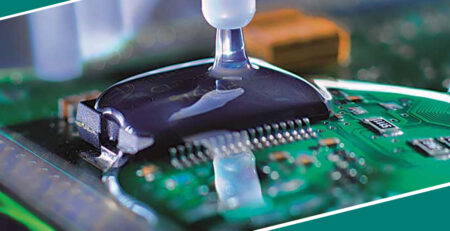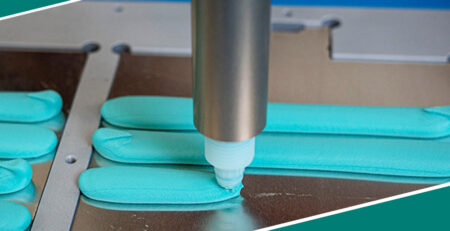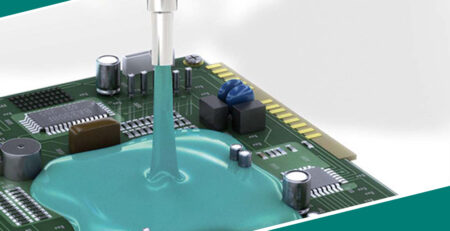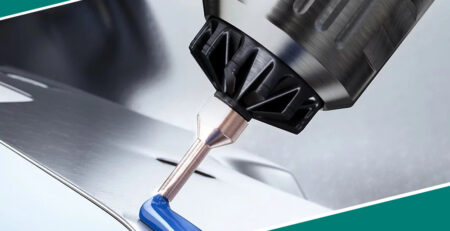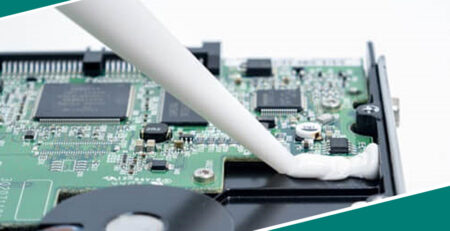The Ultimate Guide to Selecting the Best Metal Bonding Epoxy for DIY Projects
The Ultimate Guide to Selecting the Best Metal Bonding Epoxy for DIY Projects
In the vast world of do-it-yourself projects, the right tools and materials can make all the difference between a successful outcome and a frustrating experience. One such critical material is metal bonding epoxy. This adhesive is a game-changer when it comes to joining metal pieces together, offering a strong, durable bond that traditional methods may not achieve.
However, with the multitude of options available on the market, choosing the best metal bonding epoxy for your specific project can be a daunting task. This guide aims to simplify that process. We will delve into the intricacies of metal bonding epoxies, exploring their various types, uses, and key factors to consider when making your selection.
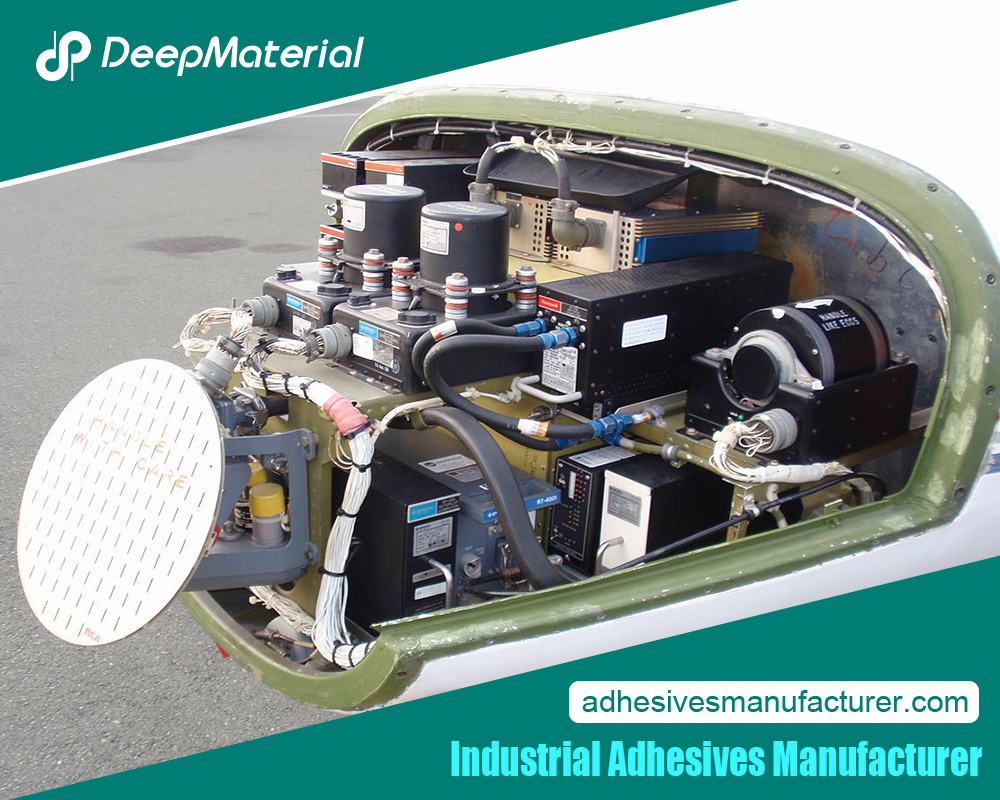
Metal Bonding Epoxy Explained
Metal bonding epoxy is a type of adhesive that is specifically formulated to bond metal surfaces together. It is made up of two components – a resin and a hardener. When these two components are mixed together, a chemical reaction occurs, causing the epoxy to harden and create a strong bond.
One of the key advantages of metal bonding epoxy is its ability to bond different types of metals together. It can be used to bond steel, aluminum, brass, copper, and other metals. This makes it a versatile adhesive that can be used in a wide range of applications.
However, there are also some disadvantages to using metal bonding epoxy. One of the main drawbacks is its limited flexibility. Once the epoxy has cured, it becomes rigid and does not have the ability to flex or move with the metal. This can be a problem in applications where the metal may expand or contract due to temperature changes.
Types of Metal Bonding Epoxy
There are several different types of metal bonding epoxy available on the market. Each type has its own unique properties and uses. Here are some of the most common types:
Two-part epoxy: This is the most common type of metal bonding epoxy. It consists of two separate components – a resin and a hardener. These components must be mixed together in the correct ratio before use. Two-part epoxy is known for its high strength and durability.
One-part epoxy: This type of epoxy comes pre-mixed and ready to use. It does not require any mixing or measuring, making it convenient for small projects. However, one-part epoxy is generally not as strong as two-part epoxy and may not be suitable for heavy-duty applications.
High-temperature epoxy: This type of epoxy is specifically designed to withstand high temperatures. It can be used in applications where the metal may be exposed to heat, such as automotive or industrial applications. High-temperature epoxy has a higher heat resistance than standard epoxy.
Quick-setting epoxy: As the name suggests, this type of epoxy sets quickly, allowing for faster bonding. It is ideal for projects that require a fast turnaround time. However, quick-setting epoxy may not have the same strength and durability as other types of epoxy.
Factors to Consider When Choosing Metal Bonding Epoxy
When choosing metal bonding epoxy, there are several factors that you should consider to ensure that you select the right adhesive for your project. Here are some key factors to keep in mind:
Type of metal being bonded: Different metals have different properties and require different types of epoxy. For example, aluminum requires an epoxy that is specifically formulated for bonding aluminum surfaces. Make sure to choose an epoxy that is compatible with the type of metal you are working with.
Strength requirements: Consider the strength requirements of your project. If you are bonding heavy-duty metal objects, you will need a high-strength epoxy that can withstand heavy loads. On the other hand, if you are working on a lighter project, a lower-strength epoxy may be sufficient.
Temperature and chemical resistance: If your project will be exposed to high temperatures or chemicals, it is important to choose an epoxy that can withstand these conditions. Look for an epoxy that has a high temperature resistance and is resistant to chemicals such as oils, solvents, and acids.
Drying time and curing process: Consider the drying time and curing process of the epoxy. Some epoxies require longer drying times and curing processes, while others may set quickly. Choose an epoxy that fits within your project timeline and allows for proper curing.
Common Mistakes to Avoid When Choosing Metal Bonding Epoxy
When choosing metal bonding epoxy, there are some common mistakes that you should avoid. Here are a few:
Choosing the wrong type of epoxy: Make sure to choose an epoxy that is specifically designed for bonding metal surfaces. Using the wrong type of epoxy can result in a weak bond or failure.
Not preparing the metal surface properly: Properly preparing the metal surface is crucial for a strong bond. Skipping the cleaning, degreasing, and roughening steps can result in poor adhesion and a weak bond.
Applying too much or too little epoxy: Applying too much epoxy can result in excess adhesive squeezing out and creating a messy bond. On the other hand, applying too little epoxy may result in a weak bond. Follow the manufacturer’s instructions for the recommended amount of epoxy to use.
DIY Metal Bonding Epoxy Projects to Try at Home
There are many DIY projects that can be done using metal bonding epoxy. Here are a few examples:
Repairing metal objects: Metal bonding epoxy can be used to repair broken metal objects such as tools, appliances, or furniture. It can create a strong and durable bond that can withstand everyday use.
Creating metal sculptures: Metal bonding epoxy can be used to create metal sculptures or artwork. It allows for the bonding of different metal pieces, creating unique and intricate designs.
Building metal structures: Metal bonding epoxy can be used to build metal structures such as shelves, racks, or frames. It provides a strong and reliable bond that can support heavy loads.
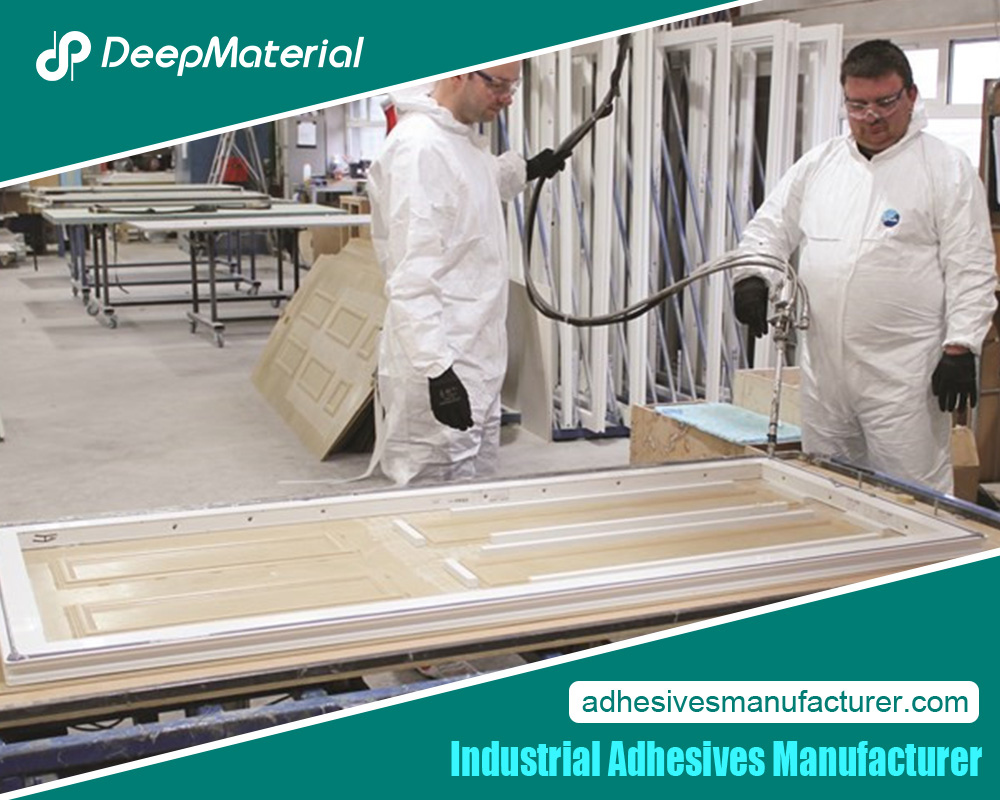
Conclusion and Final Thoughts on Metal Bonding Epoxy Selection
In summary, metal bonding epoxy is a versatile adhesive that can be used in a wide range of DIY projects. It provides a strong and durable bond between metal surfaces, making it ideal for repairing broken objects or creating something new.
When choosing metal bonding epoxy, it is important to consider factors such as the type of metal being bonded, strength requirements, temperature and chemical resistance, and drying time and curing process. Properly preparing the metal surface and applying the epoxy correctly are also crucial for a successful bond.
For more about the Ultimate Guide to Selecting the Best Metal Bonding Epoxy for DIY Projects, you can pay a visit to Deepmaterial at https://www.adhesivesmanufacturer.com/ for more info.

